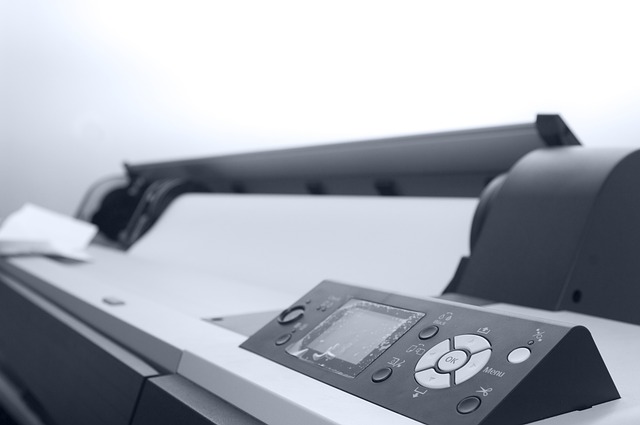Immersive Audio: Navigating the World of Spatial Sound Formats
In recent years, the realm of audio technology has undergone a remarkable transformation. With an increasing demand for more engaging auditory experiences, the evolution of spatial sound formats has become a defining feature in how we consume media. Whether it’s through movies, music, or gaming, the quest for an immersive auditory experience has taken center stage, providing users with a unique way to perceive sound.
Understanding Spatial Sound
At its core, spatial sound refers to audio that provides a three-dimensional placement of sound sources around the listener. Unlike traditional stereo sound that functions on two channels, spatial sound uses advanced techniques to create an environment where sounds can appear to come from any direction. Imagine yourself in a movie theater: the subtle whispers behind you or the dramatic orchestration that envelops you; this is spatial sound in action.
The Formats that Empower Immersion
The landscape of spatial sound formats is vast and varied, each offering distinct ways to enhance audio experiences:
- Dolby Atmos: This highly acclaimed format expands on traditional surround sound by allowing sound designers to position and move sound anywhere in a three-dimensional space, creating an uncanny sense of realism.
- Auro-3D: Focused on restoring the “height” aspect of sound, Auro-3D adds an additional layer to surround sound systems, enveloping the listener in a cocoon of sound.
- SONOSPHERE: An innovative approach that employs both spatial audio and object-based audio, SONOSPHERE aims to create spatial audio experiences for consumers through advance algorithms.
- Ambisonics: Often used in VR and AR applications, Ambisonics captures sound from multiple directions, providing a fully surround experience that shifts as the listener moves.
Experiencing the Magic of Spatial Sound
While the technology behind spatial sound may seem complex, the beauty lies in its accessibility. With advances in headphones and sound systems, consumers no longer need the lavish setups of the past to enjoy high-quality sound. Streaming services like Apple Music, Tidal, and Netflix are now integrating spatial audio, making it easier for users to experience the richness of sound no matter where they are.
As we continue to experiment and innovate in sound design, the importance of immersive audio experiences will only grow. The magic of spatial sound not only enhances our entertainment but also has profound applications in virtual reality, simulations, and even therapeutic environments.


